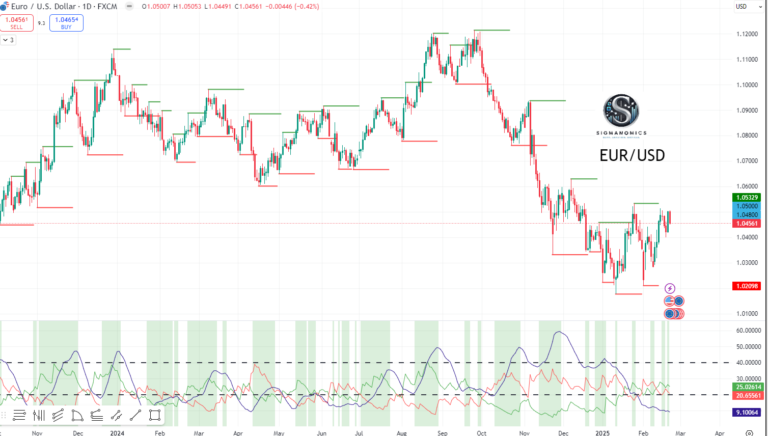The New York Stock Exchange (NYSE) Introduces Staking Services within Grayscale Ethereum ETFs
NYSE Files Request to Introduce Staking Services
The New York Stock Exchange (NYSE) has officially filed a request with the U.S. Securities and Exchange Commission (SEC) to introduce staking services within the Grayscale Ethereum ETFs. This move, submitted via a 19b-4 application on Friday, seeks to amend the provisions of the already-approved Grayscale Ethereum Trust and the Grayscale Ethereum Mini Trust, allowing Ethereum staking to provide additional rewards for participants.
What is Staking?
Staking is the process of actively participating in transaction validation on a proof-of-stake (PoS) blockchain. Participants can deposit their cryptocurrency holdings as collateral to validate transactions and earn rewards in return. In the case of Ethereum staking, users will be able to stake their Ethereum tokens in the Grayscale Ethereum ETFs and earn staking rewards.
This decision by the NYSE marks a significant milestone in the adoption of staking services within traditional financial institutions. By allowing investors to earn additional rewards through staking, the NYSE is providing new opportunities for participants to generate passive income from their cryptocurrency holdings.
How Will This Affect Me?
As an investor in the Grayscale Ethereum ETFs, the introduction of staking services will allow you to earn additional rewards on top of your existing investment. By staking your Ethereum tokens, you can actively participate in transaction validation on the Ethereum blockchain and earn staking rewards in return. This provides an opportunity to generate passive income from your cryptocurrency holdings and potentially increase your overall returns.
How Will This Affect the World?
The introduction of staking services within the Grayscale Ethereum ETFs by the NYSE has the potential to have a significant impact on the world of cryptocurrency and traditional finance. By bridging the gap between traditional financial institutions and decentralized blockchain networks, this move could pave the way for greater adoption of staking services among institutional investors and retail participants alike. As more investors are able to earn rewards through staking, it could lead to increased participation in transaction validation and further decentralization of blockchain networks.
Conclusion
In conclusion, the NYSE’s decision to introduce staking services within the Grayscale Ethereum ETFs represents a major step forward in the integration of cryptocurrency and traditional finance. By providing investors with the opportunity to earn staking rewards, this move opens up new possibilities for generating passive income from cryptocurrency holdings. As staking services become more widely adopted, we can expect to see increased participation in transaction validation and greater decentralization of blockchain networks in the future.





